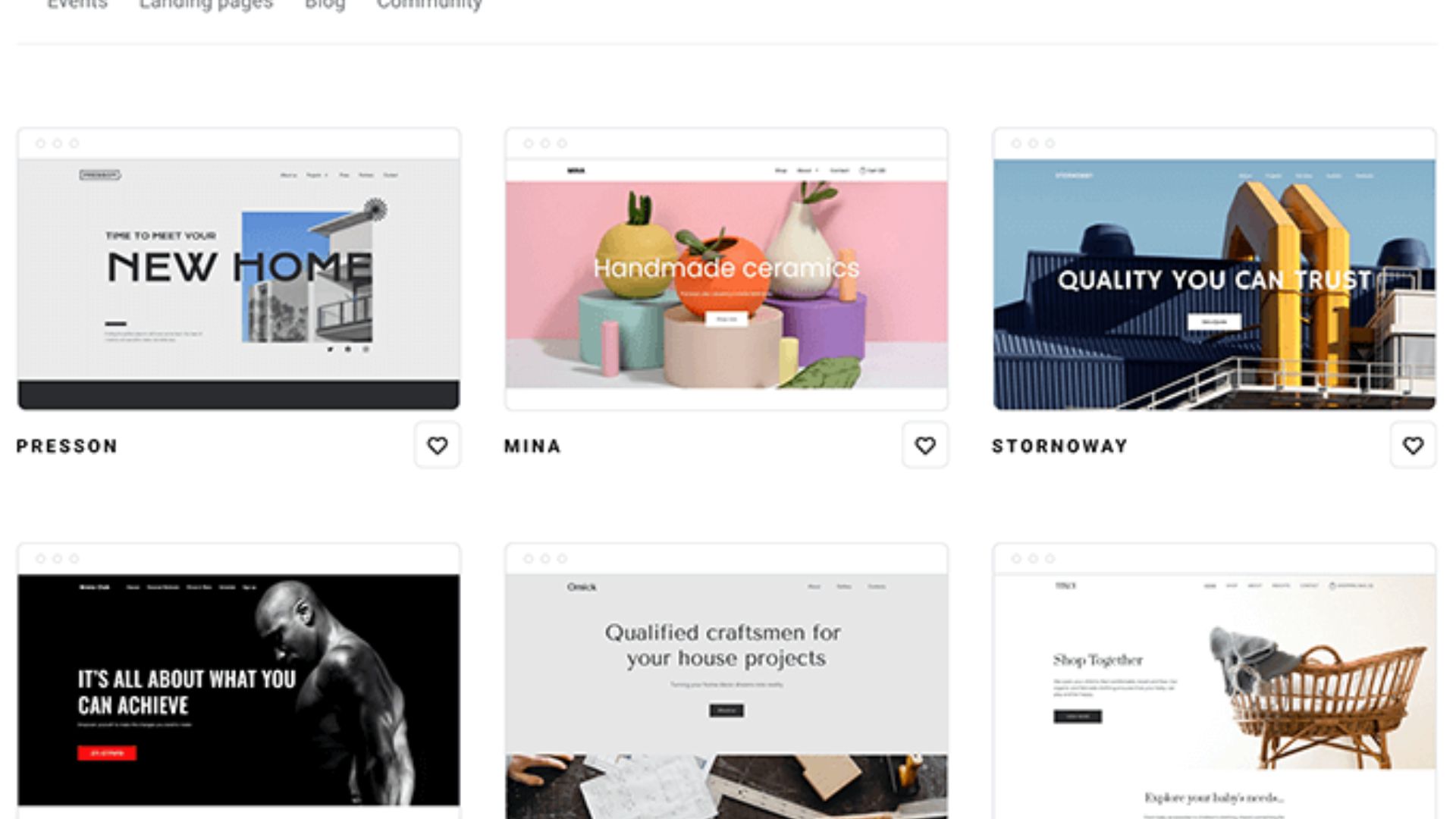Creating a consistent visual identity for your website branding is essential for building brand recognition, establishing trust, and creating a cohesive and memorable user experience. Here are some tips to help you create a consistent visual identity:
- Define Your Brand Guidelines: Start by developing a set of brand guidelines that outline your visual identity. This includes key elements such as logo usage, color palette, typography, iconography, and imagery. These guidelines serve as a reference point for maintaining consistency across your website and other brand touchpoints.
- Use a Cohesive Color Palette: Select a color palette that aligns with your brand values, personality, and target audience. Consistently use these colors across your website, ensuring that they complement each other and evoke the desired emotions or associations. Avoid using too many unrelated colors that can create visual confusion.
- Typography and Font Usage: Choose a set of typography and fonts that reflect your brand’s tone and style. Consistency in font usage helps establish a clear voice for your brand and improves readability. Use a limited number of font styles and sizes throughout your website to maintain a uniform visual hierarchy.
- Logo Usage and Placement: Place your logo prominently on your website, preferably in the header or top left corner, as this is where users typically expect to find it. Ensure that your logo is displayed consistently across all pages and is optimized for different screen sizes and resolutions.
- Consistent Imagery Style: Establish an imagery style or set of guidelines for selecting and using images across your website. This can include factors such as image quality, subject matter, composition, and color treatments. Consistent image usage helps reinforce your brand’s visual identity and story.
- Maintaining Consistent Design Elements: Implement consistent design elements such as buttons, icons, forms, and spacing throughout your website. This helps create a sense of harmony and familiarity for users and ensures a smooth user experience.
- Responsive and Scalable Design: Ensure your website design is responsive and adaptable to different devices and screen sizes, maintaining visual consistency across desktop, mobile, and tablet experiences. This includes maintaining consistent layout structures, font sizes, and visual elements across various devices.
- Test and Refine: Regularly evaluate your website’s visual elements to ensure consistency and effectiveness. Test different variations and gather feedback from users to refine your visual identity and improve the overall user experience.
- Consistency Across Digital Touchpoints: Extend your visual identity consistency beyond your website to other digital touchpoints such as social media profiles, email newsletters, and marketing materials. Aim for a seamless and unified brand experience across all customer touchpoints.
- Training and Guidelines: Provide guidance and training to content creators, developers, and designers involved in maintaining your website. Clear guidelines and documentation on your visual identity will help ensure consistency in future updates and additions.
By following these tips, you’ll be able to create a strong and consistent visual identity for your website branding. Consistency builds trust, strengthens brand recognition, and provides users with a cohesive experience that aligns with your brand’s core values and messaging.










